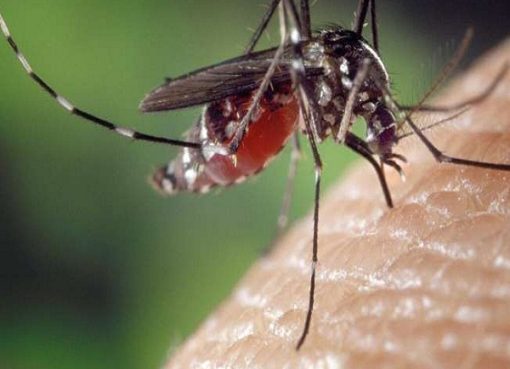Scientists have identified a 10 per cent chance of space debris killing one or more people over the next decade as it falls from the sky.
A new study, published in Nature Astronomy, has estimated the chance of falling rocket and satellite parts getting through the Earth’s atmosphere and hurting people, over the next ten years.
Using mathematical modelling of the inclinations and orbits of rocket parts in space and the population density below them – as well as 30 years’ worth of past satellite data – the authors estimated where rocket debris and other pieces of space junk land when they fall back to Earth.
The findings of the study show that there is a 1 in 10 chance of one or more casualties from space debris occurring over the next 10 years.
“The lack of a major incident has prompted people to not be so worried about it,” said Aaron Boley, an astronomer at UBC and co-author of the study.
The team’s calculations assumed that each uncontrolled re-entry spreads lethal debris over an area of ten square metres and added that the 10 per cent figure was a “conservative estimate”.
“Those national governments whose populations are being put at risk should demand that major spacefaring states act, together, to mandate controlled rocket reentries, create meaningful consequences for non-compliance and thus eliminate the risks for everyone,” the study reads.
To date, the potential for debris from satellites and rockets to cause harm at the Earth’s surface (or in the atmosphere to air traffic) has been regarded as negligible. Most studies of such space debris have focused on the risk generated in orbit by defunct satellites which might obstruct the safe operation of functioning satellites, or damage existing facilities such as the James Webb Space Telescope.
However, as the number of entries into the rocket launch business increases, the “casualty expectation” also rises.
In order to reduce this risk, scientists have recommended implementing measures to control the re-entry of debris into the Earth’s atmosphere. For example, spacecraft can be “passivated”, whereby unused energy is expended rather than stored once the lifetime of the spacecraft has ended. Moreover, satellites can be programmed to move into low Earth orbit once they are defunct, where they burn up.
Private companies are also joining this effort, with SpaceX and Blue Origin developing re-usable rockets that can return to Earth in a controlled way.
In order to address the issue of space junk, the European Space Agency is planning a mission to attempt the capture and removal of space debris with a four-armed robot, while the UN issued a set of Space Debris Mitigation Guidelines in 2010, subsequently reinforced in 2018. However, as the authors behind the new study point out, these are guidelines only and are thus not legally binding and do not give specifics as to how mitigation activities should be implemented or controlled.
Source: E&T










